Khaptad Region Trekking offers an enchanting journey through the pristine landscapes of western Nepal, providing an immersive experience in nature’s splendor. Nestled in the far-flung corners of the country, this trek introduces adventures to the untouched beauty of the Khaptad National Park, a haven for biodiversity and tranquility. The trek commences with a scenic drive to Sligadhi, followed by a trek that winds through dense forests, alpine meadows, and traditional villages. Trekkers are rewarded with breathtaking views of the Himalayan range, including the majestic Api and Saipal peaks.
As one navigates the undulating trails, the Khaptad plateau unfolds, revealing its unique ecosystem featuring rare flora and fauna. The trek also includes a visit to the Khaptad Baba Ashram, a spiritual retreat where trekkers can immerse themselves in the serene ambiance and learn about the cultural significance of the region. The journey is complemented by encounters with diverse ethnic communities, providing an opportunity to experience the warmth of local hospitality and gain insights into traditional lifestyles.
Camping under the starlit sky near the crystal-clear Khaptad Lake adds a touch of magic to the adventure. The trek concludes with a sense of accomplishment as trekkers return with memories of the region’s untouched natural beauty, cultural richness, and the peaceful ambiance that defines the Khaptad Region. This trek is not just a physical expedition but a spiritual odyssey, making it a must-visit destination for those seeking an off-the-beaten-path experience in the heart of the Himalayas.
Khaptad Region Trek Highlights
1. Explore the pristine beauty of the Khaptad Region, a heaven for nature lovers.
2. Trek through a biodiversity hotspot, home to endangered species, contributing to conservation efforts.
3. Immerse in local warmth, traditions, and rituals, gaining insight into the rich culture of the region.
4. Visit Hindu and Buddhist shrines, including Khaptad Baba Ashram, for a tranquil and spiritually enriching experience.
5. Enjoy a secluded trek away from crowds, savoring the unspoiled beauty of the Himalayan landscape.
6. Traverse lush forests, alpine meadows, and high-altitude plateaus, experiencing varied terrains each day.
7. Witness breathtaking peaks like Saipal, Api, and Jethi Bahurani, creating unforgettable memories.
Best time for Khaptad Region Trek
The best time to trek the Khaptad Region is during the spring and autumn seasons in Nepal. These periods offer the most favorable weather conditions, clear skies, and optimal temperatures for trekking.
Spring Season (March to May)
Spring is one of the most popular times to trek in the Far Western Region, which includes the Khaptad Region. During this season:
- Weather Conditions: The weather is generally mild and pleasant, with daytime temperatures ranging from 10°C to 20°C at lower elevations, while higher elevations are cooler.
- Clear Views: The skies are typically clear, providing stunning views of the surrounding mountains, including Mount Api, Saipal, Dhaulagiri, and Kanjiroba Himal.
- Flora: The rhododendron and pine forests are in full bloom, creating a vibrant landscape with colorful flowers and lush greenery.
- Crowds: Though this is a popular trekking season, the Khaptad Region Trek trails remain less crowded than other treks in the Far Western Region.
Autumn Season (September to November)
Autumn is another ideal time to trek the Khaptad Region this season:
- Weather Conditions: The weather is stable with clear skies, low humidity, and pleasant temperatures, similar to spring. Daytime temperatures range from 15°C to 25°C at lower elevations, while it is cooler at higher altitudes.
- Clear Views: Autumn is known for its crisp air, providing excellent visibility of the surrounding peaks and landscapes.
- Festivals: This season aligns with major Nepali festivals like Dashain and Tihar, offering cultural insights and opportunities to experience local traditions.
- Crowds: Though autumn is the peak trekking season in Nepal, the Khaptad Region Trek trails are less crowded compared to other treks.
Off-Season Considerations
While spring and autumn are the best time for the Khaptad Region Trek, some trekkers prefer off-season trekking for a unique experience. However, these periods come with challenges:
- Winter Season (December to February): Trekking in winter offers solitude and stunning snowy landscapes, but temperatures can drop significantly, especially at higher elevations. Trails might be icy, and some teahouses could be closed.
- Monsoon Season (June to August): The monsoon brings heavy rain, making trails slippery and increasing the risk of landslides and leeches. The clouds and rain can also obstruct mountain views.
Overall, spring and autumn offer the best combination of weather, views, and cultural experiences, making them the ideal times to trek the Khaptad Region. If you’re planning a trip during the off-season, be prepared for additional challenges and always check weather forecasts and trail conditions in advance.
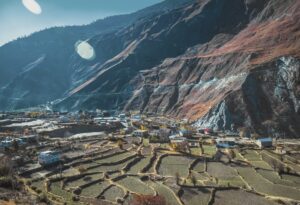 Trekking
Trekking
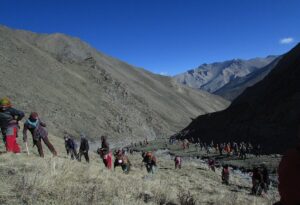 Trekking
Trekking
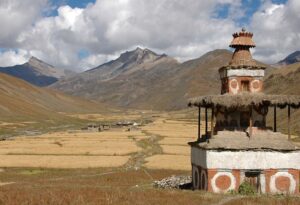 Trekking
Trekking
 Trekking
Trekking
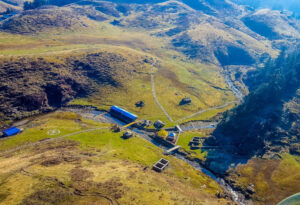 Trekking
Trekking
 Trekking
Trekking
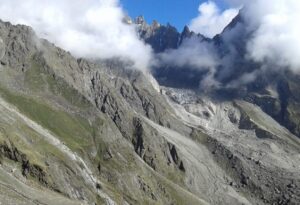 Trekking
Trekking
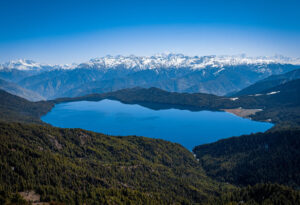 Trekking
Trekking
